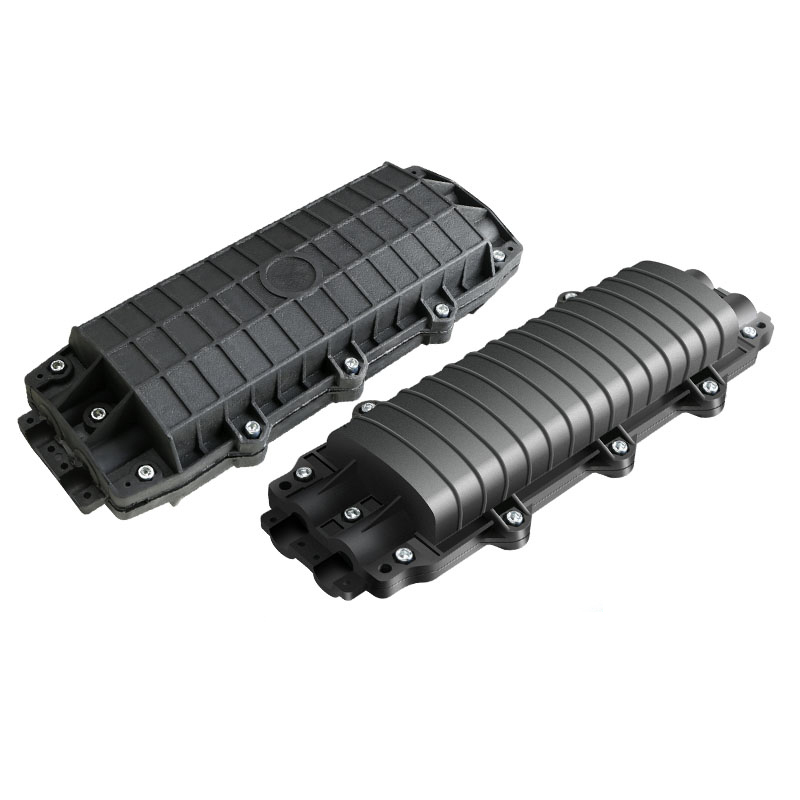Categories
Latest Blog
What Is Fiber Optic Closure?
Fiber optic closure, also known as fiber optic splicing closures, is a device used to provide space and protection for fiber optic cables spliced together. The fiber optic closure connects and stores optical fibers safely either in the outside plant or indoor buildings. It can provide protection for the fiber joint and the fiber cables since they have excellent mechanical strength and strong out shell, which ensures the joints are not damaged by the hostile environment.
The
horizontal design is the most common option, probably because it is so
versatile. This type of box is fairly flat or cylindrical in shape. It can be
mounted aerially or buried underground. A horizontal closure can have various
capacities, with some much higher than others. A standard, normal-capacity
closure can have several splice trays, which have their own differing
capacities for the number of cables they can handle. Of course, higher-capacity
closures can fit many more. Common numbers for tray capacities include 12 and
24. Though designs and dimensions can vary, most horizontal boxes will follow
similar specifications.
However
it looks, a horizontal box needs to be waterproof, dustproof and have good
resistance to compression. If attached to a pole or hung from wiring, these
closures need to be held firmly in place, to avoid damage from weather and
wind.

This
design has a domed shape and is intended for buried applications, though you
can use many of them above-ground as well. These closures can again take on
several different configurations and capacities, with high-capacity versions
and variations in the number of trays. They can also vary in the number of
inlet and outlet ports available, to match the cable capacity. Reentry may or
may not be critical, depending on the closure's placement, but some boxes are
designed for easier re-entry than others.
Again,
the vertical designs need to retain protection from the elements. Seals and
waterproof technology are especially important. These are often used
underground, where those dangers are prevalent and can pose serious risks to
the cabling inside. Keeping insects and dirt out is particularly important for
underground closures.
The
hybrid fiber enclosure is capable of securing network fiber regardless of
weather, temperature, or location making it the most versatile of the
enclosures. This flexibility allows for wall, aerial, or cell installations. In
addition, a compact design allows for pedestal mounting and below-grade
applications.
Given
the variety of potential mounting locations for the hybrid fiber enclosure, it
is designed to IP68 rating and can withstand dust, dirt, sand, and is
water-resistant.
© Copyright: SHINHO OPTICS LIMITED All Rights Reserved.